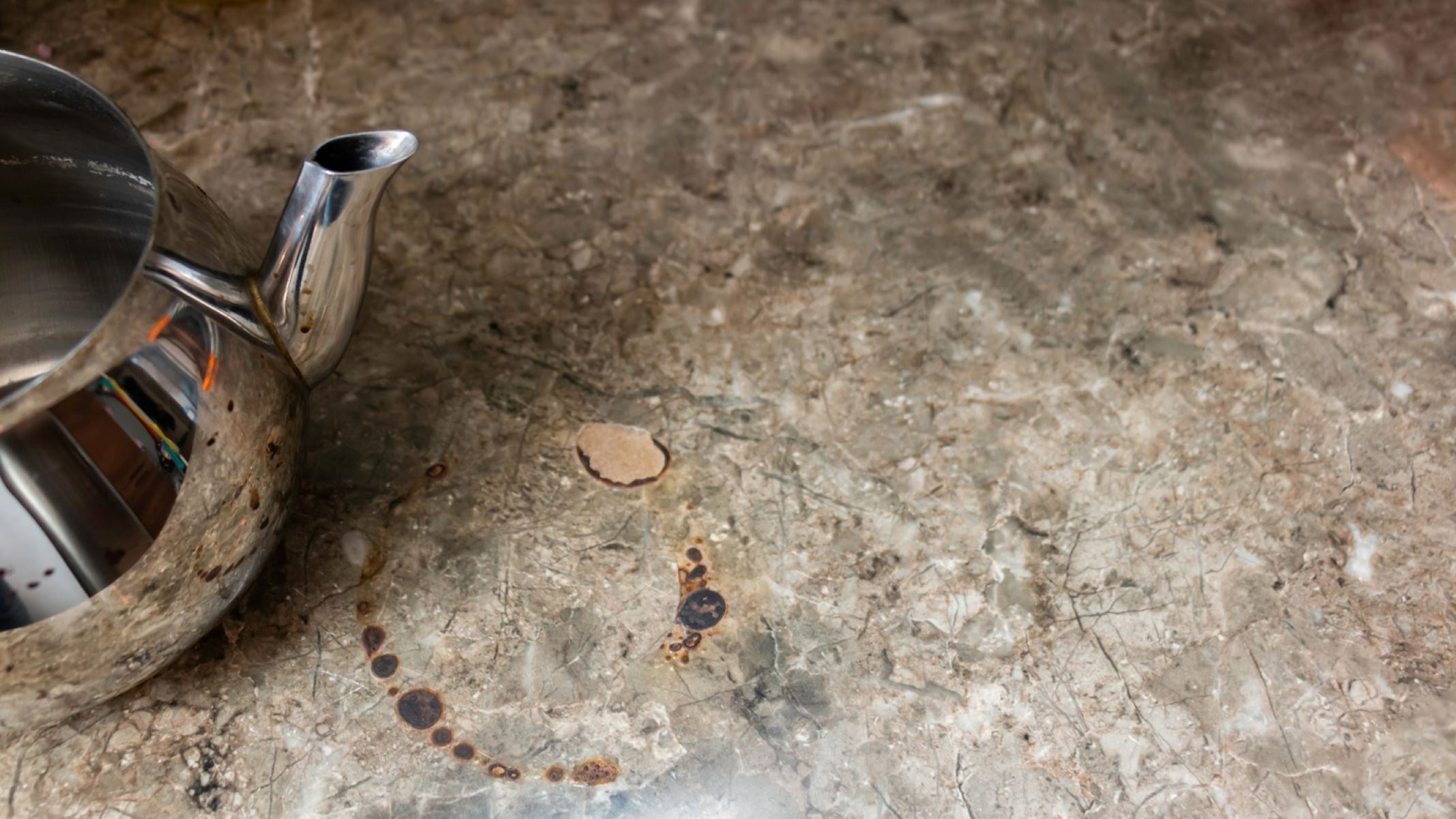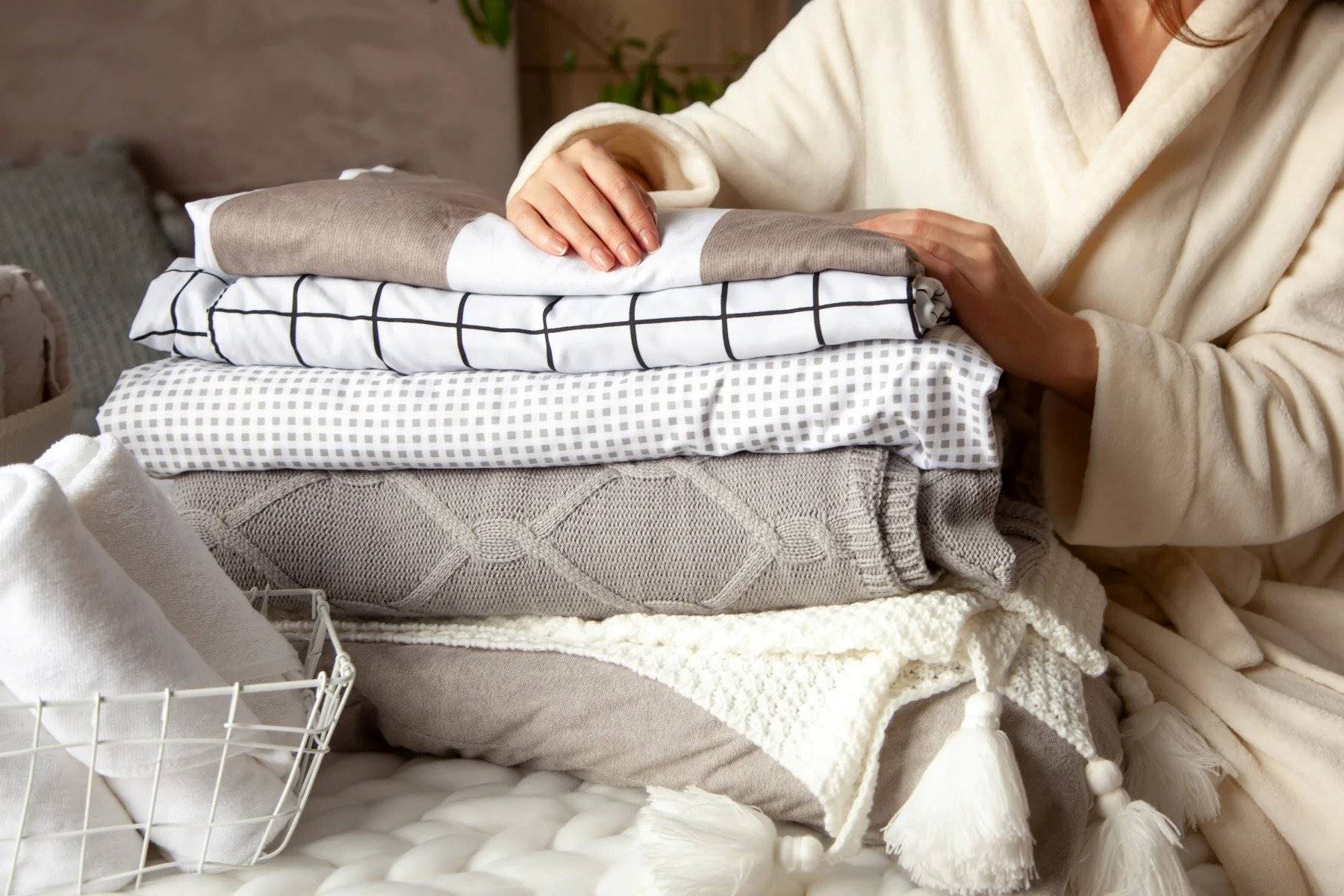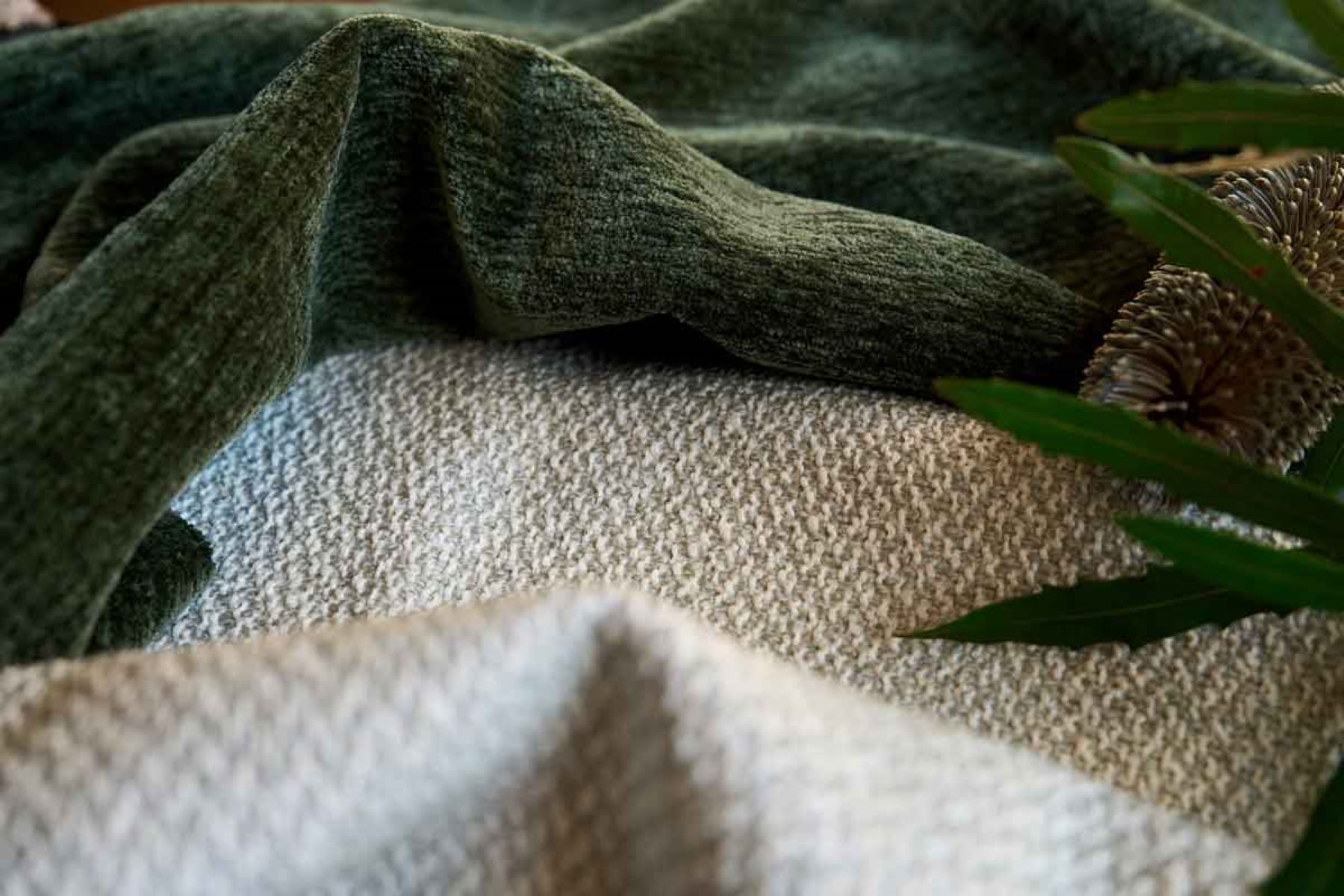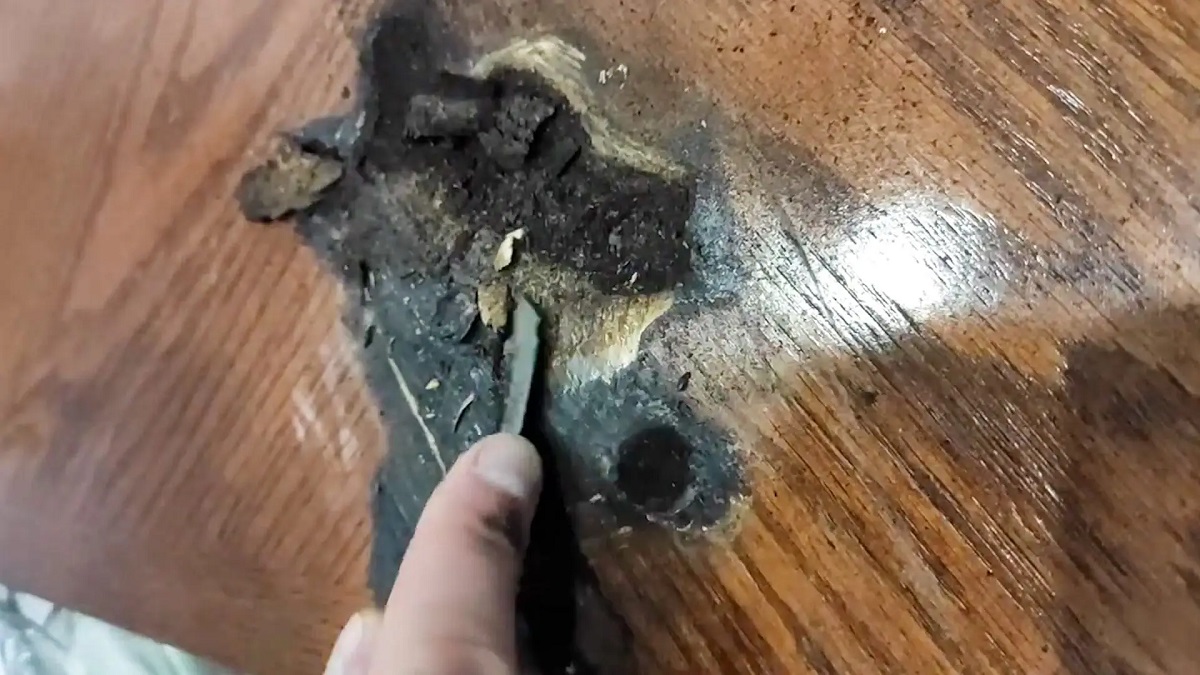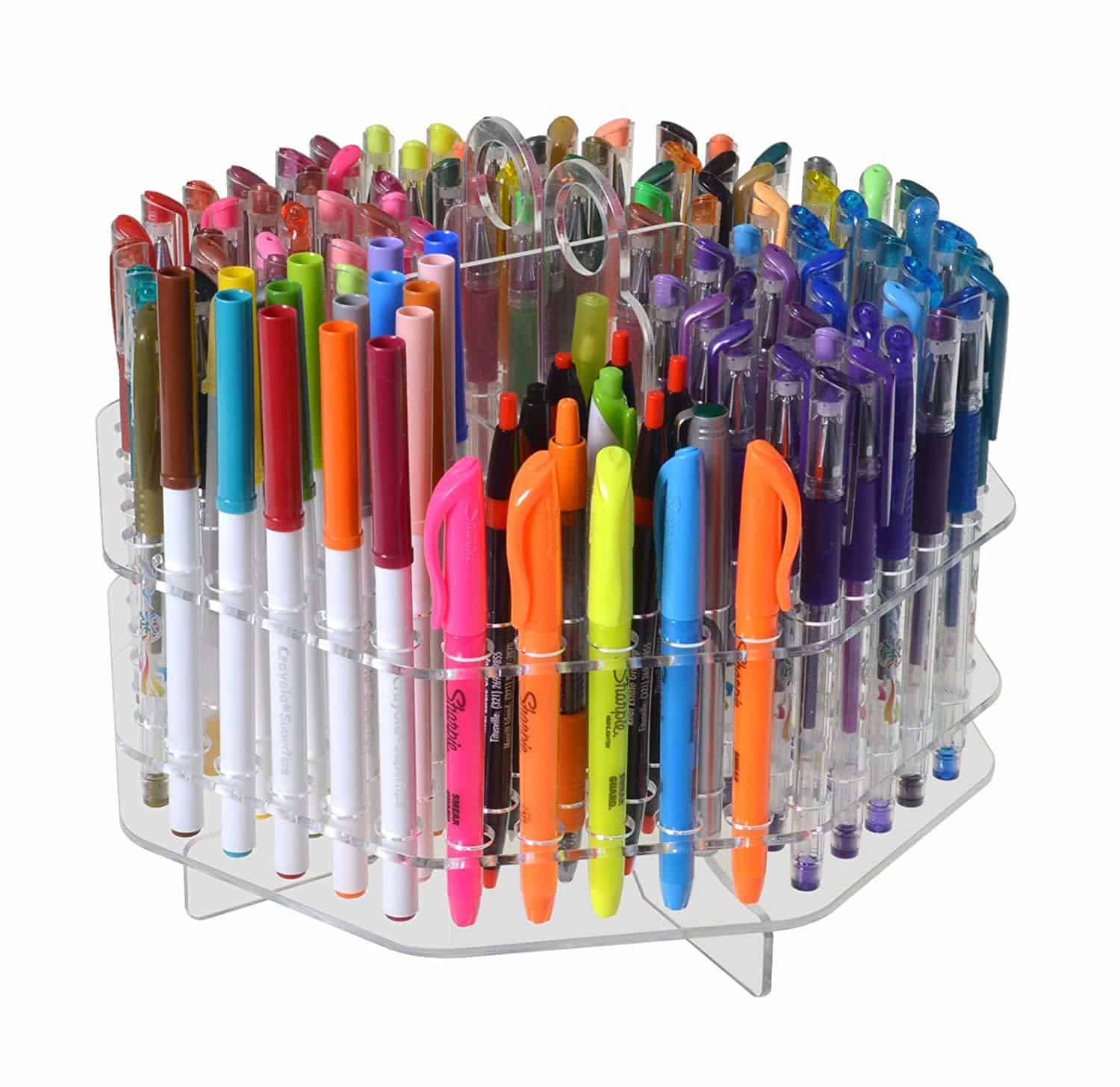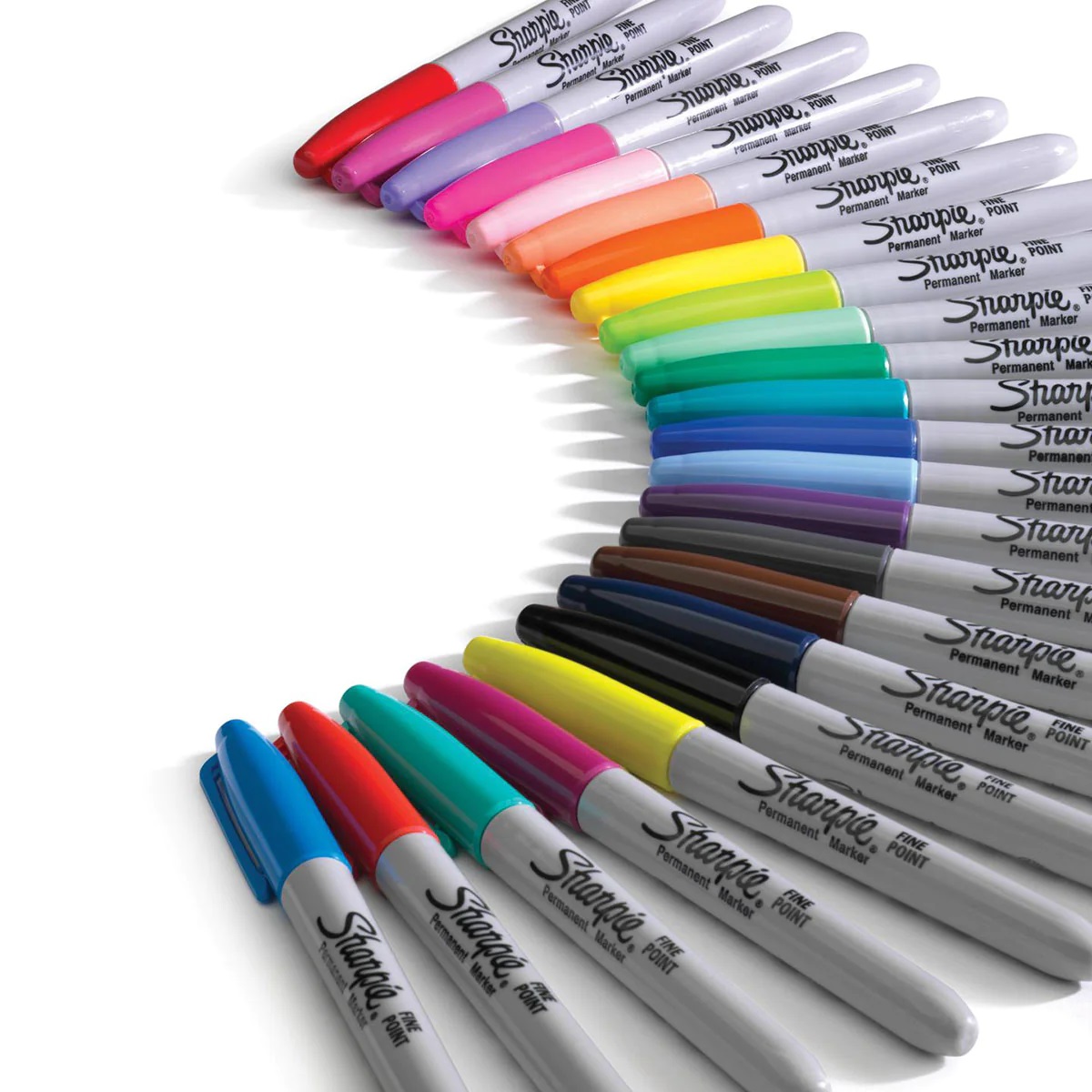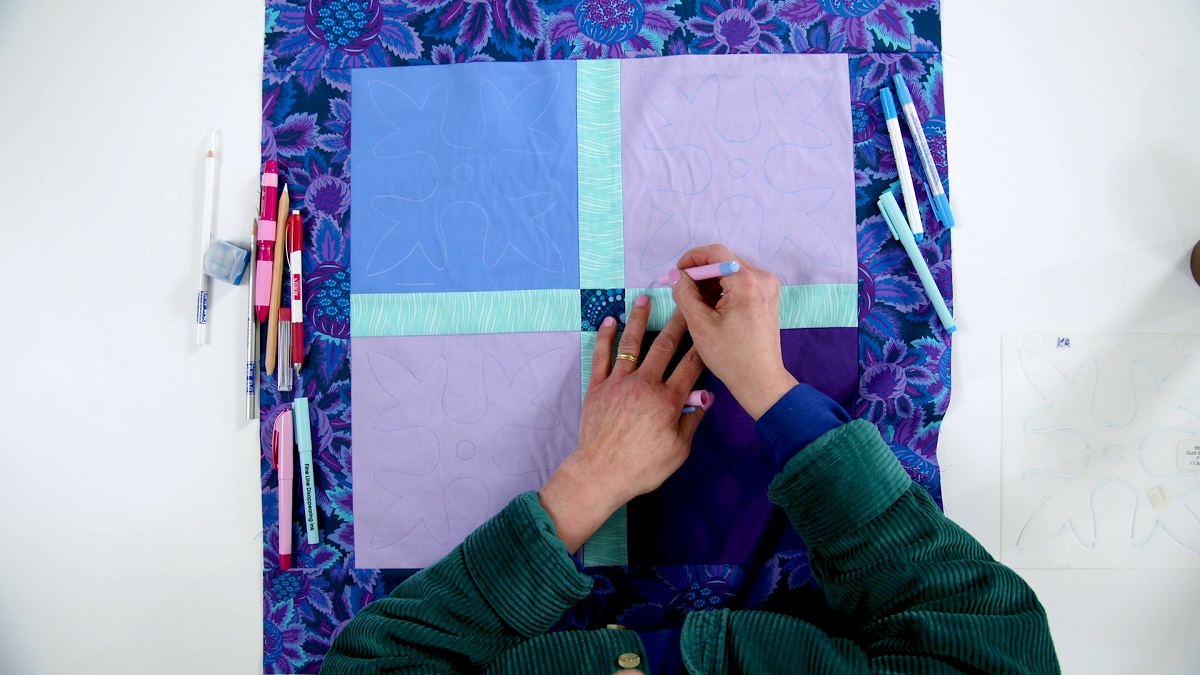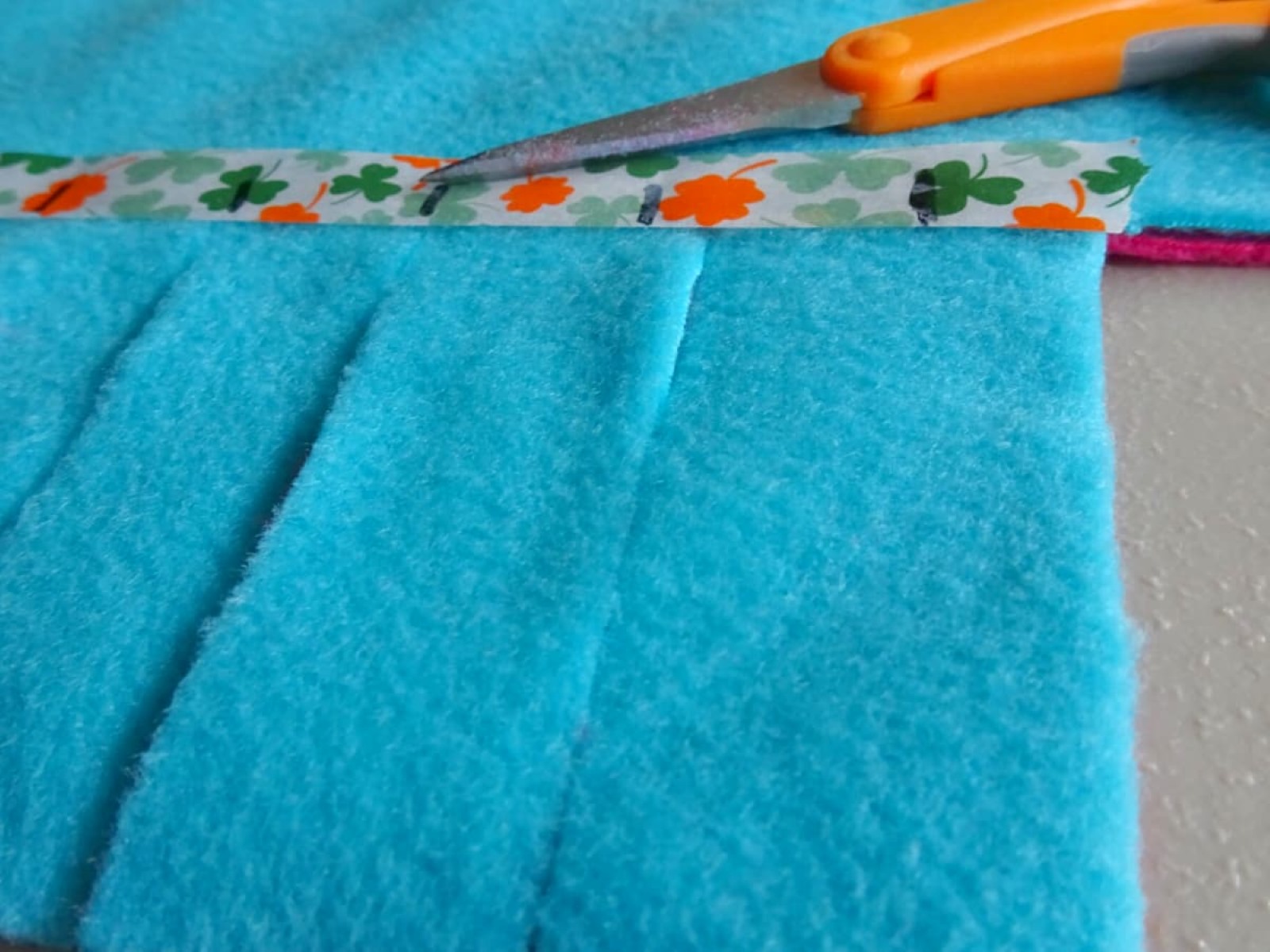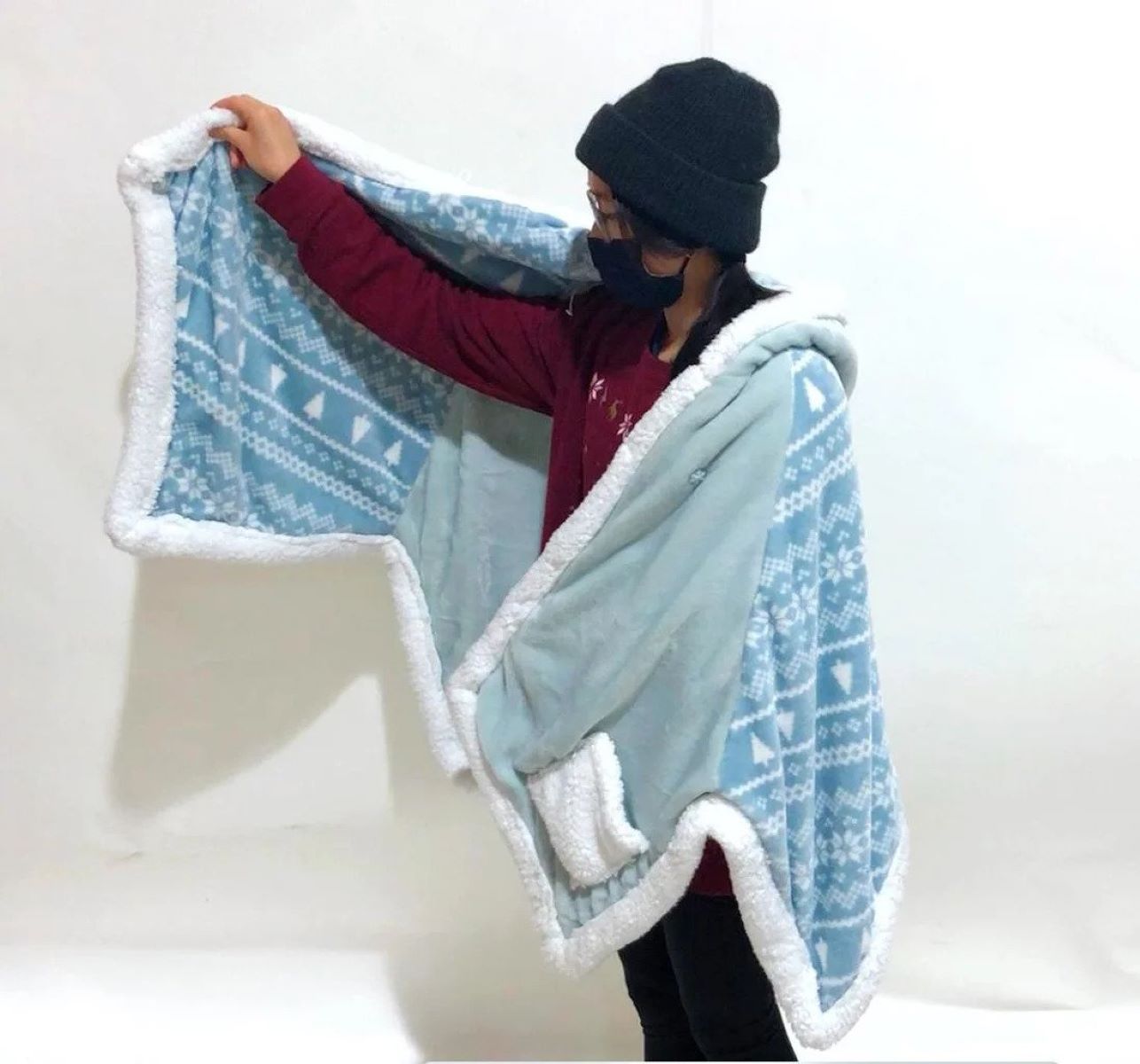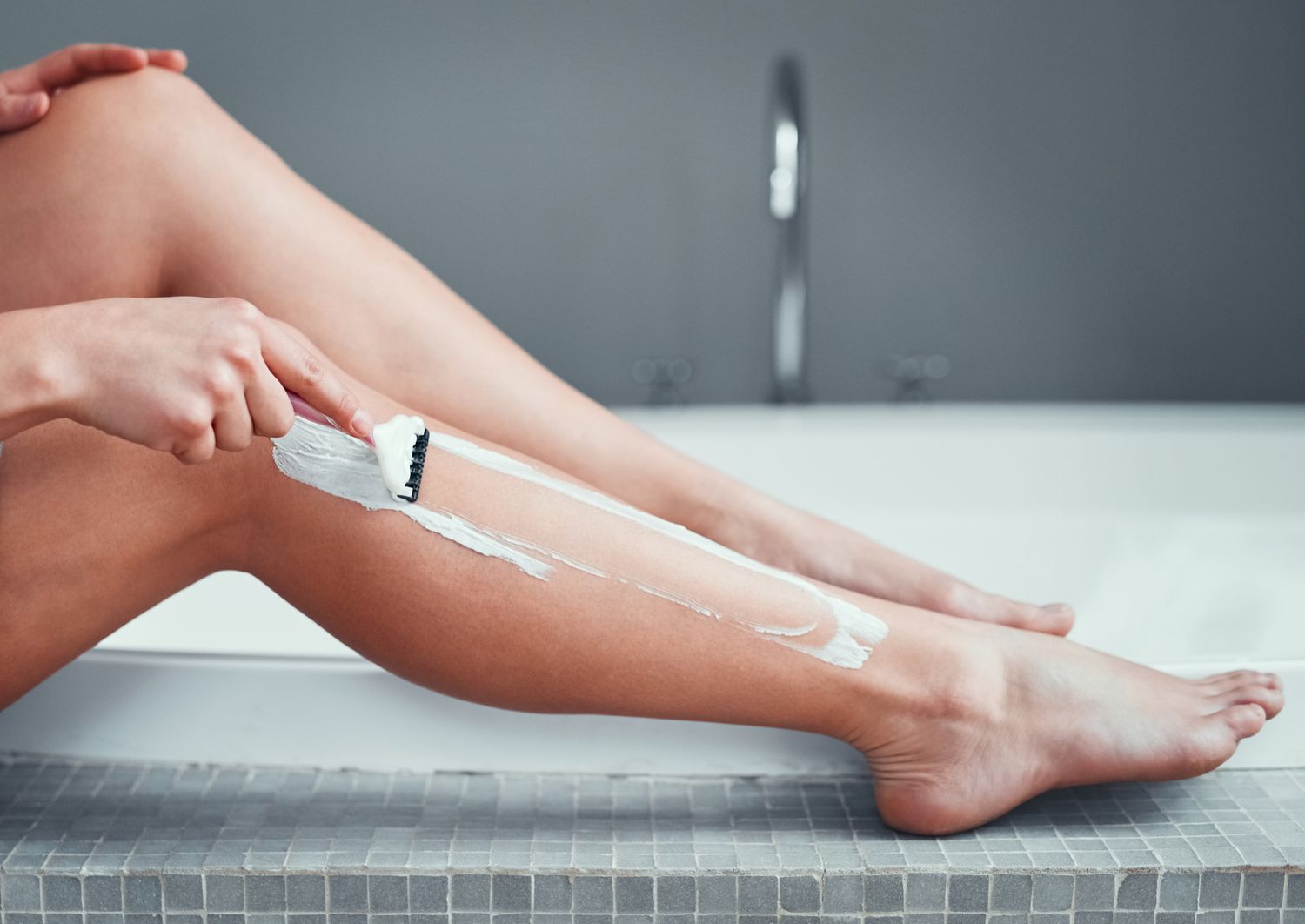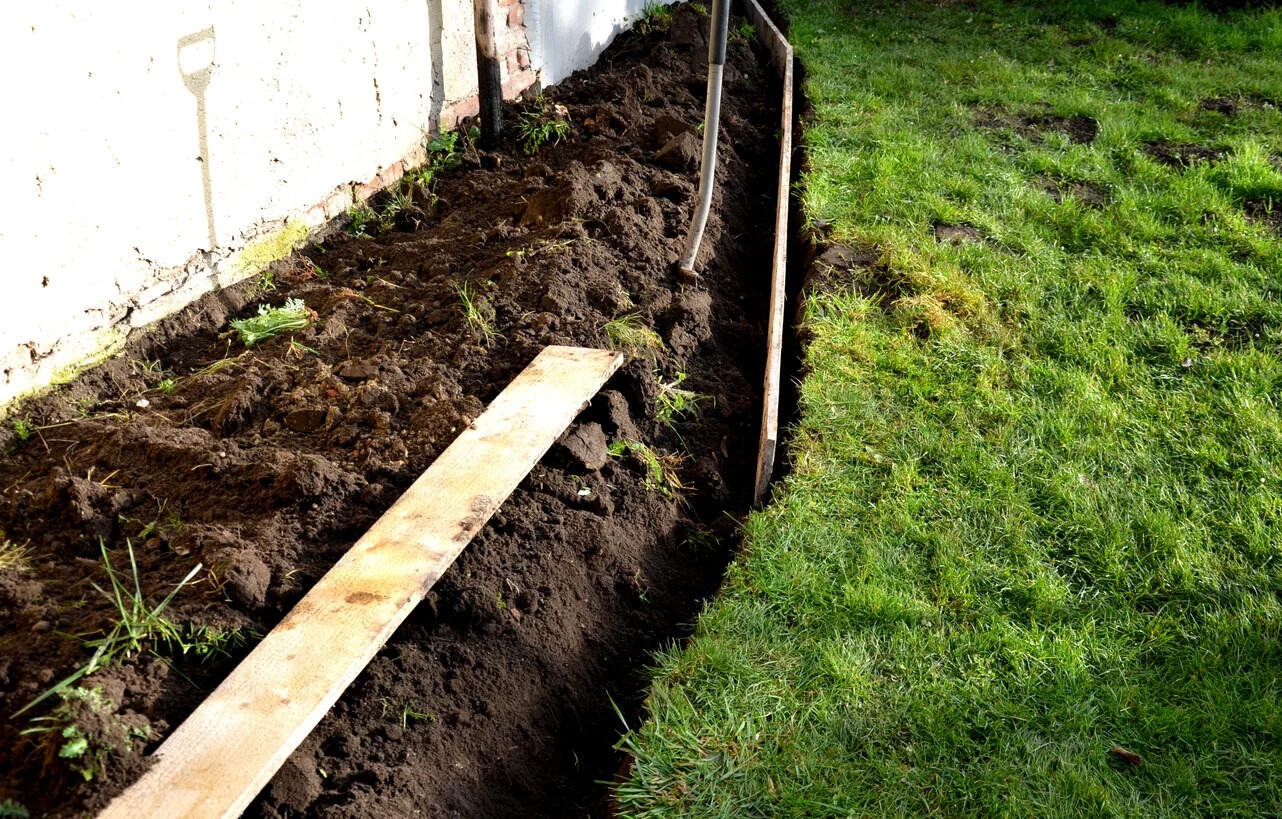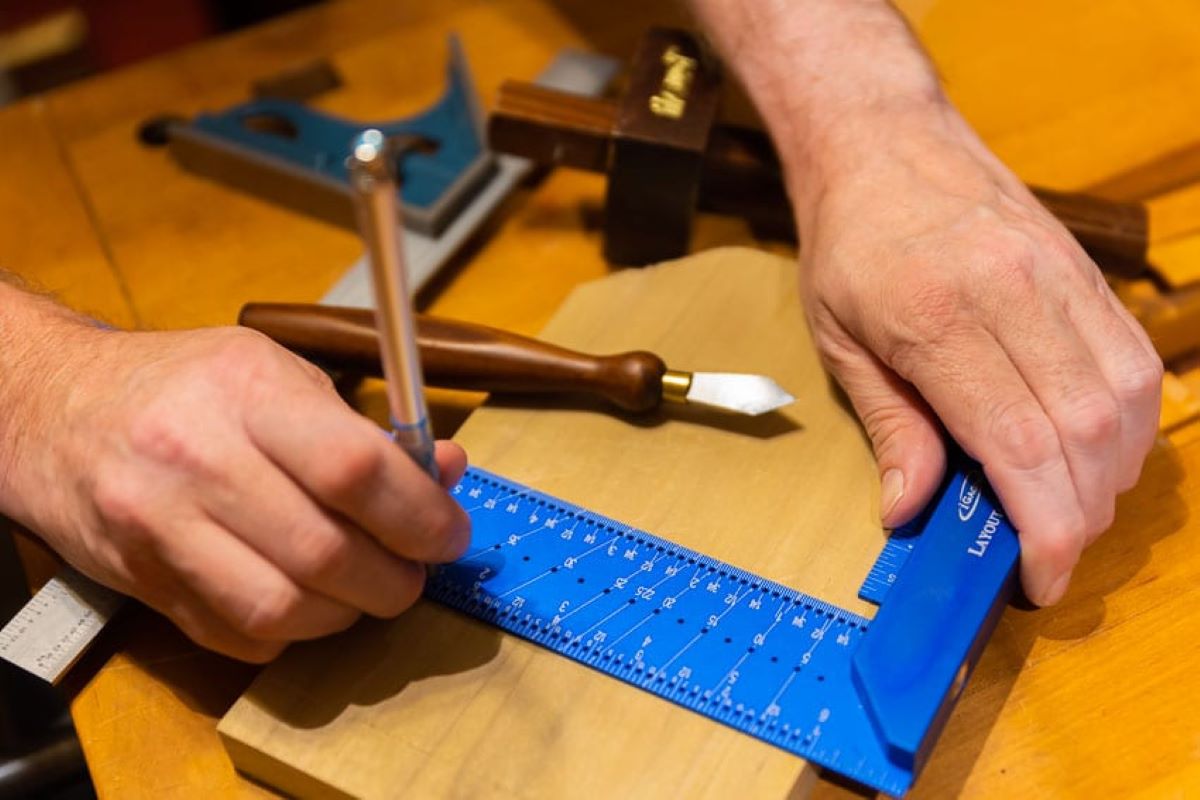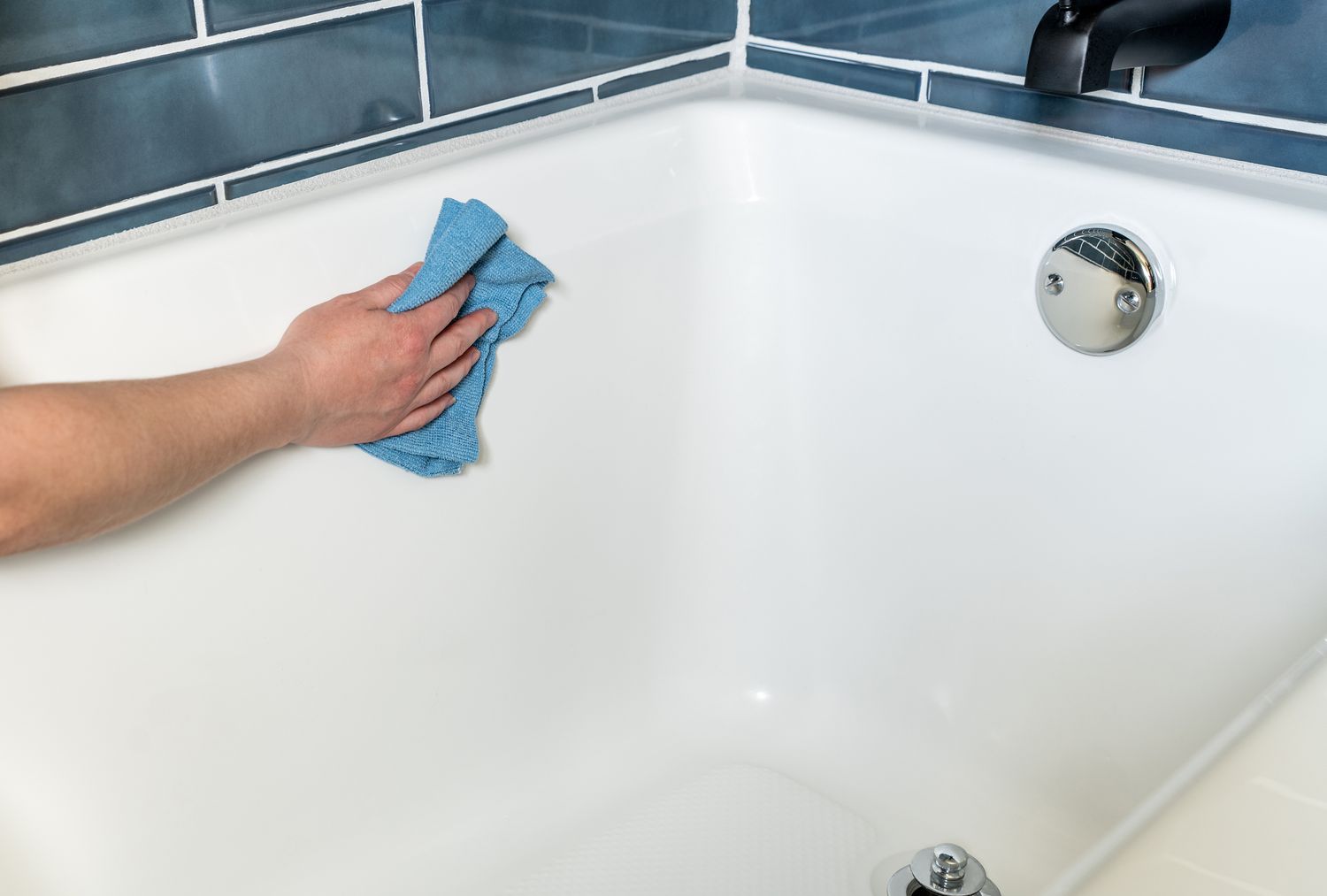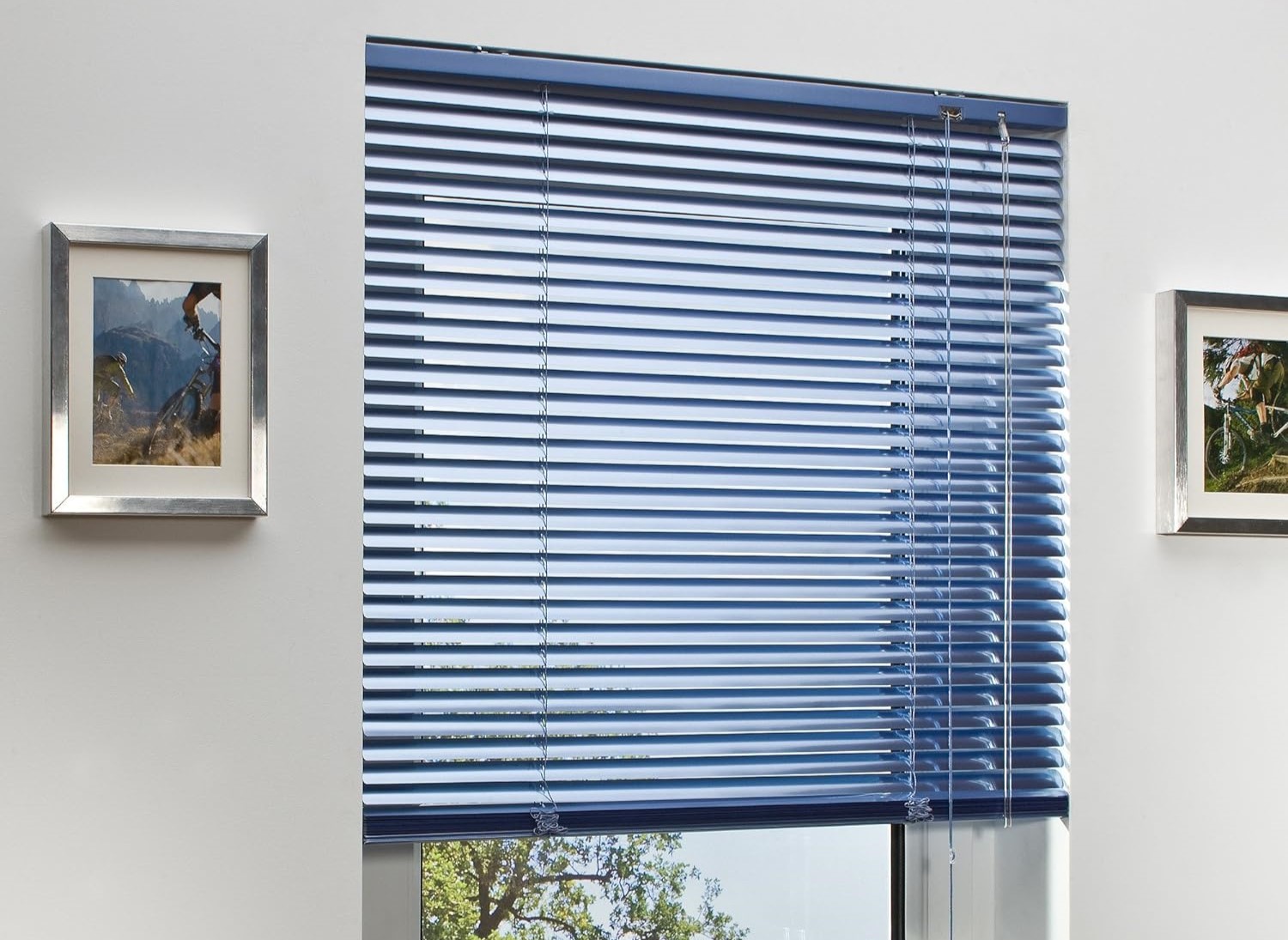

Articles
How To Remove Sharpie Marks From A Blanket
Modified: August 28, 2024
Learn how to easily remove sharpie marks from a blanket with these helpful articles. Find effective methods and tips for stain removal.
(Many of the links in this article redirect to a specific reviewed product. Your purchase of these products through affiliate links helps to generate commission for Storables.com, at no extra cost. Learn more)
Introduction
Accidents happen, and sometimes that includes those pesky moments when a permanent marker, like a Sharpie, ends up leaving marks on your favorite blanket. Whether it’s a small scribble or a large stain, the sight of those marks can be frustrating and disheartening. However, fear not, because there are several effective methods that can help you remove Sharpie marks from your blanket.
In this article, we will guide you through various tried-and-tested techniques that can help you restore your blanket to its former glory. From using rubbing alcohol to hair spray, hand sanitizer to nail polish remover, and even dish soap and water, we will cover a range of methods to ensure that you find one that works for you.
It’s important to note that different fabrics may react differently to removal methods, so it’s always a good idea to test a small, inconspicuous area of your blanket before treating the entire stain. With that said, let’s dive into the materials you will need for the removal process.
Key Takeaways:
- Say goodbye to Sharpie marks on your blanket with these 5 effective methods, from rubbing alcohol to dish soap and water. Restore your fabric to its former glory with confidence and patience.
- Don’t let Sharpie stains ruin your favorite blanket. Test and adjust these methods, including hairspray and hand sanitizer, to find the perfect solution for your specific fabric and ink type. Enjoy a spotless blanket once again!
Read more: How To Remove Vine Marks From Siding
Materials Needed
Before you begin your quest to remove Sharpie marks from your blanket, make sure you have the following materials on hand:
- Rubbing alcohol
- Hairspray
- Hand sanitizer
- Nail polish remover
- Dish soap
- Water
- Clean cloth or sponge
- Old toothbrush
- White vinegar (optional)
- Laundry detergent (optional)
Each method will require a different combination of these materials, so it’s a good idea to gather them all before starting the process. Now, let’s explore the various methods that you can use to remove Sharpie marks from your blanket.
Method 1: Using Rubbing Alcohol
Rubbing alcohol is a common household item that can be highly effective in removing Sharpie marks from your blanket. Follow these steps to use rubbing alcohol for stain removal:
- Start by placing a clean cloth or sponge underneath the stained area of the blanket to prevent the ink from spreading to other parts of the fabric.
- Soak a clean cloth or cotton ball with rubbing alcohol.
- Gently dab the cloth or cotton ball onto the stained area, applying light pressure.
- Continue dabbing the stain until you notice the ink transferring onto the cloth.
- Replace the cloth or cotton ball with a fresh one as needed to prevent smearing the ink.
- Once the majority of the stain is removed, rinse the area with water to remove any remaining alcohol.
- Blot the damp area with a clean cloth or towel to absorb excess moisture.
- Allow the blanket to air dry, and once dry, check if any traces of the stain remain.
- If the stain persists, repeat the process or try an alternate method.
It’s important to note that rubbing alcohol can potentially fade or discolor certain fabrics, so it’s always advisable to test it on a small, inconspicuous area of the blanket before proceeding with the entire stain removal process.
Now that we’ve covered the first method, let’s move on to method 2: using hairspray.
Method 2: Using Hairspray
Hairspray is another household item that can come to the rescue when it comes to removing Sharpie marks from your blanket. Follow these steps to use hairspray for stain removal:
- Place a clean cloth or towel underneath the stained area to prevent the ink from transferring to other parts of the fabric.
- Spray a generous amount of hairspray directly onto the stained area of the blanket. Ensure that the entire stain is covered.
- Gently blot the stain with a clean cloth or sponge, applying light pressure. You should start to see the ink transferring onto the cloth.
- Continue blotting the stain until the majority of the ink is removed.
- Rinse the area with water to remove any residue from the hairspray.
- Blot the damp area with a clean cloth or towel to remove excess moisture.
- Allow the blanket to air dry, and check if any traces of the stain remain.
- If necessary, repeat the process or move on to an alternative method.
Hairspray contains alcohol, which helps to dissolve and lift the ink stain from the fabric. However, it’s essential to note that not all hairsprays are created equal, and some may not work as effectively as others. If possible, opt for a hairspray with a higher alcohol content for better results.
Now that we’ve explored the second method, let’s move on to method 3: using hand sanitizer.
Try using rubbing alcohol or hand sanitizer to remove sharpie marks from a blanket. Apply the alcohol to a cotton ball and gently dab at the stain until it lifts. Wash the blanket as usual afterwards.
Method 3: Using Hand Sanitizer
Hand sanitizer, commonly used for sanitizing hands, can also be surprisingly effective in removing Sharpie marks from your blanket. Here’s how you can use hand sanitizer for stain removal:
- Place a clean cloth or towel underneath the stained area to protect the rest of the fabric.
- Apply a small amount of hand sanitizer directly onto the stained area. Ensure that the entire stain is covered.
- Gently rub the sanitizer into the stain using a clean cloth or sponge.
- Continue rubbing the stain for a few minutes, applying moderate pressure.
- As you rub, you should notice the ink begin to lift from the fabric and transfer onto the cloth.
- Replace the cloth with a clean one as needed to prevent smearing the ink.
- Rinse the area with water to remove any residue from the hand sanitizer.
- Blot the damp area with a clean cloth or towel to remove excess moisture.
- Allow the blanket to air dry completely, and check if any traces of the stain remain.
- If necessary, repeat the process or move on to an alternative method.
Hand sanitizer contains alcohol, which helps break down and dissolve the ink stain on the fabric. The high alcohol content in hand sanitizer makes it effective in removing Sharpie marks from your blanket. However, keep in mind that hand sanitizers can vary in formulation, so it’s a good idea to test it on a small, hidden area of the fabric before treating the entire stain.
Now that we’ve covered the third method, let’s move on to method 4: using nail polish remover.
Read more: How To Remove Scuff Marks From Floor
Method 4: Using Nail Polish Remover
Nail polish remover, a common household item used to remove nail polish, can also be effective in removing Sharpie marks from your blanket. Here’s how you can use nail polish remover for stain removal:
- Place a clean cloth or towel underneath the stained area to protect the rest of the fabric.
- Dampen a cotton ball or clean cloth with nail polish remover. Make sure it’s not dripping wet.
- Gently blot the stained area with the nail polish remover-soaked cotton ball or cloth.
- Continue blotting the area until you start to see the ink transferring onto the cloth.
- Replace the cotton ball or cloth with a fresh one as needed to prevent spreading the ink.
- Rinse the area with water to remove any residue from the nail polish remover.
- Blot the damp area with a clean cloth or towel to remove excess moisture.
- Allow the blanket to air dry completely, and check if any traces of the stain remain.
- If necessary, repeat the process or move on to an alternative method.
Nail polish remover typically contains acetone, which is a powerful solvent that can dissolve the ink in Sharpie marks. However, acetone can be harsh on certain fabrics, so it’s crucial to perform a patch test on a small inconspicuous area of the blanket before proceeding with the stain removal process.
Now that we’ve explored the fourth method, let’s move on to method 5: using dish soap and water.
Method 5: Using Dish Soap and Water
If you prefer a gentler approach to remove Sharpie marks from your blanket, you can try using dish soap and water. Here’s how you can use this method:
- Fill a basin or sink with warm water.
- Add a few drops of mild dish soap to the water and mix it gently to create a soapy solution.
- Submerge the stained area of the blanket into the soapy water solution.
- Gently agitate the fabric to allow the soap to penetrate the fibers.
- Leave the blanket in the soapy water for about 10-15 minutes to loosen the ink.
- Take the blanket out of the water and gently rub the stained area with a clean cloth or sponge.
- Continue rubbing until you start to see the ink transferring onto the cloth.
- Rinse the blanket thoroughly with clean water to remove any soapy residue.
- Blot the damp area with a clean cloth or towel to remove excess moisture.
- Allow the blanket to air dry completely, and check if any traces of the stain remain.
- If necessary, repeat the process or move on to an alternative method.
This method is particularly useful for delicate fabrics that may be more sensitive to stronger solvents. The dish soap helps to break down the oils in the ink, making it easier to remove from the fabric. However, if the stain persists, you can consider adding a small amount of white vinegar or a gentle laundry detergent to the soapy water solution for added stain-fighting power.
With these five methods in your arsenal, you can tackle Sharpie marks on your blanket with confidence. Remember, different fabrics and different types of ink may require varying approaches, so don’t be discouraged if one method doesn’t work as effectively as you’d hoped. Keep testing, adjusting, and following the steps until you achieve the desired results.
Now that you know how to remove Sharpie marks from your blanket, you can enjoy a clean and spotless piece of fabric once again!
Conclusion
Accidents happen, and when Sharpie marks end up on your favorite blanket, it can be disheartening. However, with the right techniques and materials, you can successfully remove those stubborn stains and restore your blanket to its former glory.
In this article, we covered five effective methods for removing Sharpie marks from your blanket:
- Using rubbing alcohol
- Using hairspray
- Using hand sanitizer
- Using nail polish remover
- Using dish soap and water
While some methods may be more suitable for certain fabrics or types of ink, it’s important to test and adjust until you find the method that works best for your specific situation. Remember to always test any products or methods on a small, inconspicuous area of the blanket before treating the entire stain.
Whether you choose to use rubbing alcohol, hairspray, hand sanitizer, nail polish remover, or dish soap and water, be sure to follow the step-by-step instructions and exercise caution while removing the stains. Additionally, always blot and avoid excessive rubbing to prevent spreading the ink or damaging the fabric.
If one method doesn’t completely remove the stain, don’t give up. Some stains may require multiple attempts or a combination of different techniques to fully eliminate them. Persistence and patience are key to achieving successful results.
Now that you have a range of methods at your disposal, you can confidently tackle Sharpie marks on your blanket and enjoy a clean and fresh piece of fabric once again. So, next time an accident occurs and Sharpie marks find their way onto your blanket, you’ll know just what to do!
Frequently Asked Questions about How To Remove Sharpie Marks From A Blanket
Was this page helpful?
At Storables.com, we guarantee accurate and reliable information. Our content, validated by Expert Board Contributors, is crafted following stringent Editorial Policies. We're committed to providing you with well-researched, expert-backed insights for all your informational needs.
